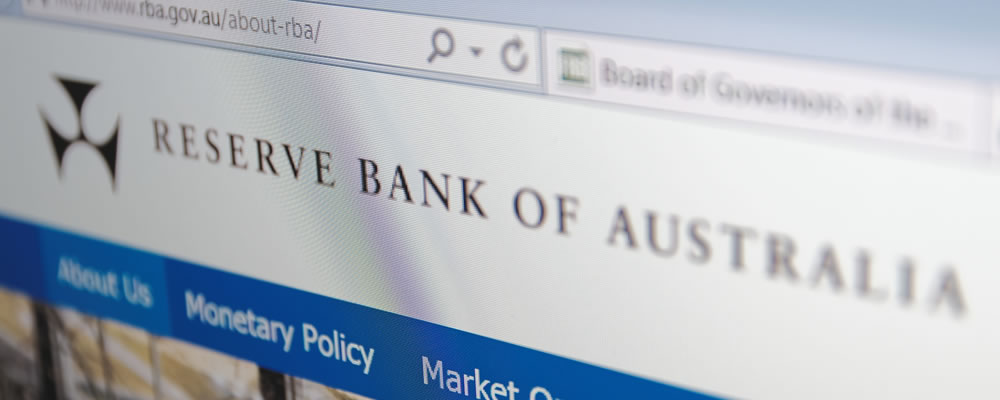Eurozone Private Sector Activity Slows – Euro (EUR) Exchange Rates Prove Resilient
The Euro Australian Dollar (EUR/AUD) exchange rate climbed on Wednesday, unperturbed by a run of slightly worse Markit purchasing managers’ index (PMI) readings and bolstered by some mixed data releases from Australia.
On the PMI front, business growth in the Eurozone remained rather robust this month, though the PMI readings did suffer a slight deceleration.
IHS Markit’s composite flash reading – a robust guide for economic health – dropped to 57.5 this month, down from the previous period’s 58.8 and below the market forecast of 58.6.
This was still significantly above the 50-point mark that divides expansion from contraction, however, with the figure still being one of the most expansionary readings in more than 11 years.
Greg Fuzesi from JP Morgan shared his thoughts:
‘The fall in today’s PMI is not very surprising as recent levels have been far too stratospheric to be sustainable. There were encouraging aspects in the details, such as the resilience in the periphery and the only marginal fall in the composite employment index. Hence, we suspect that further declines will be measured’.
As a result the single currency was largely unaffected, with markets also increasingly shifting focus to Friday’s looming Eurozone inflation readings.
Australian Wage Growth Beats Expectations but the Devil’s in the Details – AUD Exchange Rates Tumble
Wage growth in Australia proved stronger than expected during the final three months of 2017, but the annual growth reading of 2.1% is still only inches ahead of inflation.
The Australian Bureau of Statistics revealed in the early hours of this morning that the wage price index rose by 0.6% in the December quarter, beating forecasts of a rise of 0.5%.
By the year, private sector wage growth rose by 1.9%, whilst public sector wages increased by a massive 2.4%.
This difference ultimately proved the devil in the details, with markets largely disappointed that private sector wages have barely kept up with inflation.
Callam Pickering, Economist at Indeed reflected this disappointment, stating:
‘Private sector wages have barely kept pace with inflation despite improved business conditions and strong growth in corporate earnings (…) In the current environment, low wage growth continues to point towards weak inflation and makes it difficult for the Reserve Bank to justify higher interest rates’.
Indeed – whilst the reading was above forecast, it is unlikely that it will provide the Reserve Bank of Australia (RBA) enough reason to adjust their cautious monetary policy plans for 2018.
EUR/AUD Exchange Rate Forecast: Room to Rise on US FOMC Meeting Minutes?
The Euro Australian Dollar (EUR/AUD) exchange rate could experience some volatility in the near-term as markets respond to tonight’s US FOMC meeting minutes, and Friday’s anticipated Eurozone inflation figures.
Markets are currently preparing for the possibility that the US FOMC meeting minutes will reveal an increasingly hawkish sentiment amongst members of the central bank, with analysts now largely pricing in a March rate hike from the US central bank on the back of higher-than-expected inflation readings and steadily accelerating wage growth.
If this occurs then it is possible that the ‘Greenback’ could siphon demand away from the ‘Aussie’ Dollar, thus leaving EUR/AUD with even more room to climb.
It should also be stressed, however, that many economists are worried about the prospect of the US Fed raising interest rates too quickly, thus risking a negative chain reaction that hurts the US and indeed the global economy.



